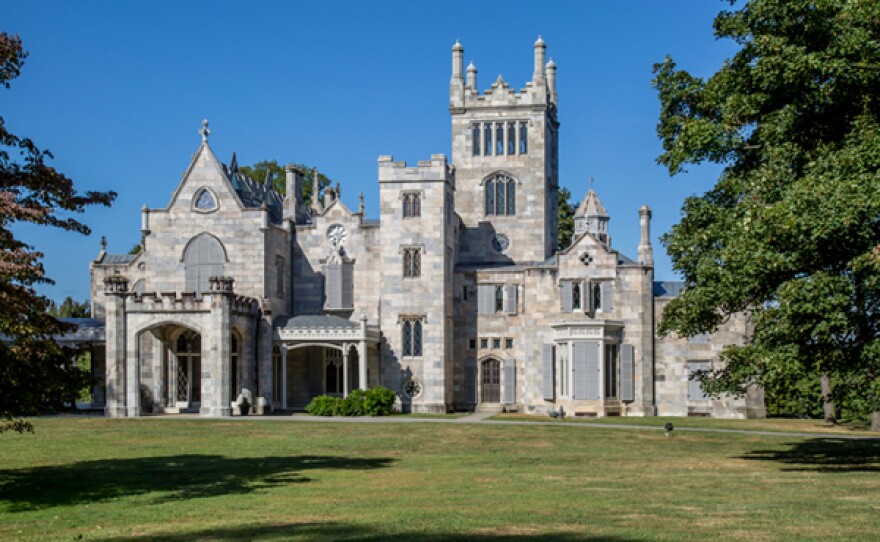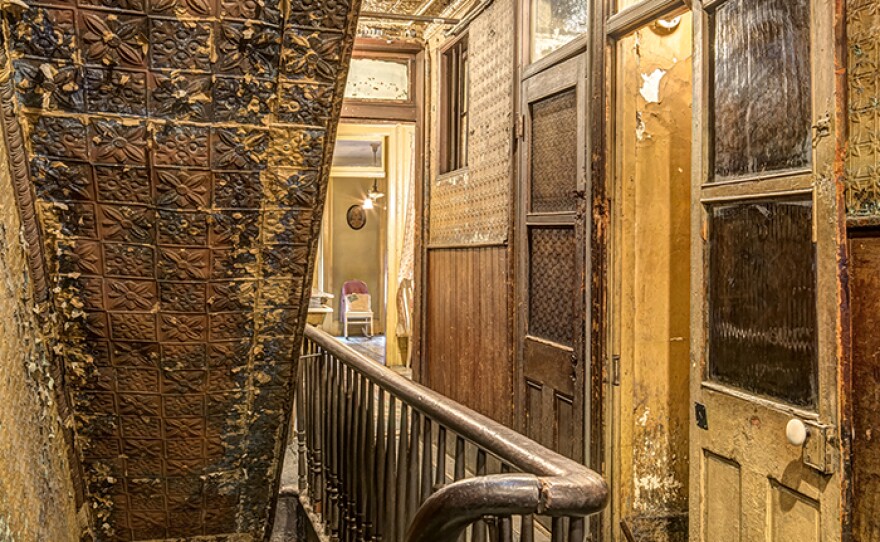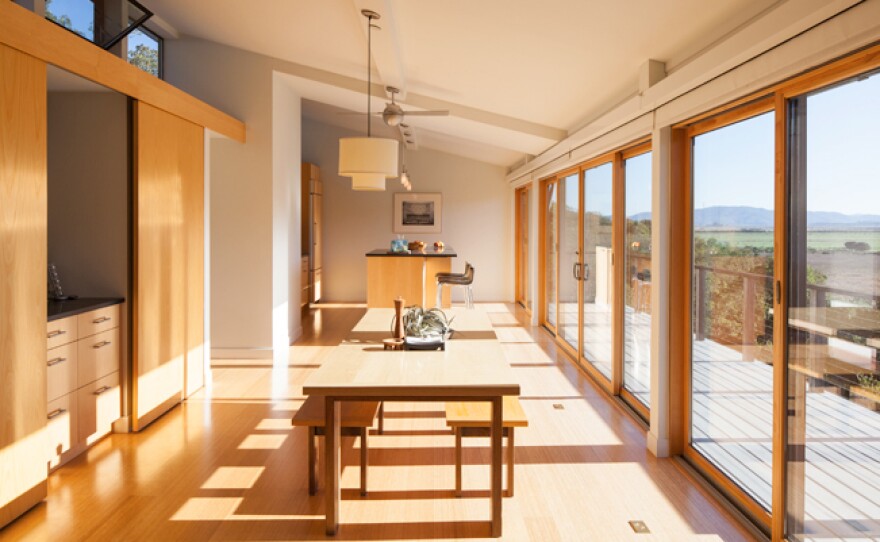Friday, July 21, 2023 at 9 p.m. on KPBS 2 / Stream now with KPBS Passport!
—10 Architecturally Adventuresome Homes That Elevated Living To An Art Form—
“10 Homes That Changed America,” the first episode of the three-part series 10 THAT CHANGED AMERICA, premiered in 2016 on PBS. Hosted by Geoffrey Baer, this program highlights ten homes that transformed residential living, from grand estates such as Thomas Jefferson’s Monticello and Frank Lloyd Wright’s Fallingwater, to the pueblos of Taos, New Mexico, and the tenements of 19th century New York.
Featuring interviews with architecture critic Paul Goldberger, historian Peter Onuf, and others, the program offers a primer in residential architecture and a fascinating lesson in the history of American domestic life, as the evolving design of these homes over time reveals our changing relationship with nature, technology, and each other.
The ten homes, featured in chronological order, are:
Taos Pueblo, New Mexico (c. 15th century): America’s first “green buildings,” the pueblos of the Taos Indians of New Mexico were built with adobe (mud), which kept the dwellings cool during the day and warm at night. Their closely-packed design fostered a sense of community and offered protection against enemies.

Monticello - Albemarle County, Virginia (1809): Thomas Jefferson called Monticello his “essay in architecture.” Inspired by the work of Italian architect Andrea Palladio, Jefferson broke with convention by setting his plantation home on a hilltop instead of along a river. The interior was designed for the enlightenment of his guests, and as a comfortable sanctuary for its owner.
Lyndhurst - Tarrytown, New York (1842): Shocking when it was built, Lyndhurst is a gothic castle on the Hudson River built by former New York City mayor William Paulding as a retreat from the industrialized city. The work of architect A. J. Davis, Lyndhurst’s irregular style complemented its rugged, picturesque setting, and proved highly influential as other wealthy Americans strove to create grand houses that expressed their individuality and connected them with the land.

Mid-19th Century Tenement - New York: As New York’s Lower East Side swelled with immigrants, landlords converted every inch into rental space, creating cramped apartments in tenement buildings often five or more stories high. A visit to New York’s Tenement Museum provides a firsthand look at the families whose American dream began in these dank spaces without bathrooms, electricity, or running water.

The Gamble House - Pasadena, California (1908): The California retreat of the wealthy Gamble family of Cincinnati, the Gamble House, built by architects Charles and Henry Greene, is a prime example of an American Craftsman bungalow. The house and furnishings were handcrafted in the Arts and Crafts style, and helped inspire a bungalow-building boom as the style became synonymous with the American Dream.

Langston Terrace Dwellings - Washington, D.C. (1938): A bold re-thinking of “public housing,” Langston Terrace offered residents — primarily African Americans who had fled the South during the Great Migration — stylish homes and a ticket out of the tenements. Built by African American architect Hilyard Robinson, who believed strongly in the power of architecture to transform lives, the modernist Langston Terrace featured open green spaces, courtyards, and play areas.

Fallingwater - Mill Run, Pennsylvania (1937): Often considered the greatest triumph of America’s greatest architect, Frank Lloyd Wright’s masterwork was built for Pittsburgh department store owner Edgar Kauffmann. Using a cantilever structure, Wright’s creation descends in layers like the waterfall that graces the site, taking the concept of integrating a home into its landscape to its ultimate extreme. The house would change our perception of how a home could be integrated with its environment, and resuscitate the career of a great American architect.

Eames House - Pacific Palisades, California (1949): In 1945, the publisher of Arts and Architecture Magazine challenged a handful of architects to design modern, affordable housing that could be easily replicated. Among those to answer the challenge was the husband-and-wife team of well-known furniture designers Charles and Ray Eames. Despite being created from a wide variety of prefabricated materials, the Eames House showed that a factory-made home could still have style and personality.
Marina City - Chicago, Illinois (1962): At a time when people were fleeing cities for the suburbs, Chicago’s Marina City made urban living look glamorous again. Bankrolled by the janitors’ union in hopes of revitalizing the city’s downtown with a development for the middle class, Marina City was designed by architect Bertrand Goldberg. A three-acre complex with hardly a right angle in sight, Marina City’s uniquely shaped high rises offered a new vision for struggling urban downtown areas across the county.

Glidehouse - Novato, California (2004): Michelle Kaufmann’s pre-fabricated, environmentally-friendly homes popped up in communities across the country. Modest in size, packed with “green” features, and factory-made, these “Glidehouses” are only the latest example of American designers’ quest to solve some of our greatest challenges with innovative design.

WATCH ON YOUR SCHEDULE:
This full episode is available on demand with KPBS Passport.
More episodes from Season 1 include "10 Buildings That Changed America," "10 Parks That Changed America" and "10 Towns that Changed America."
CREDITS:
Presented nationally by WTTW Chicago. Produced by Dan Protess and hosted by Geoffrey Baer. Executive Producers are Dan Soles and V.J. McAleer.





